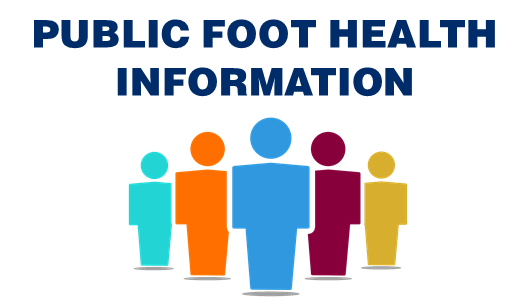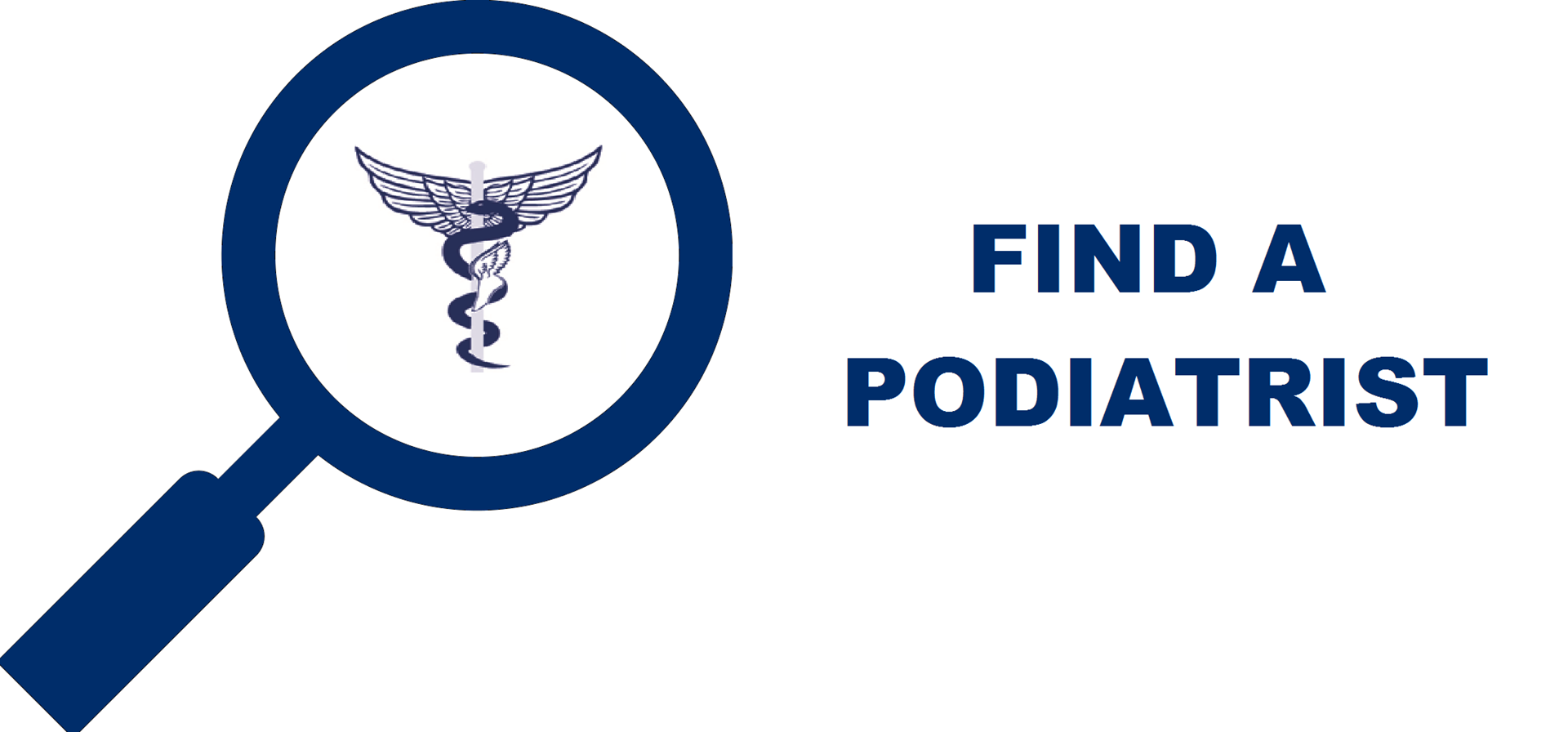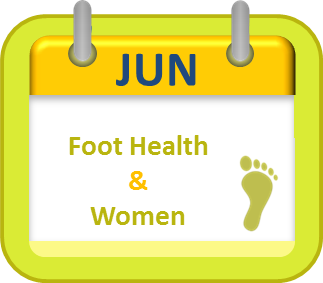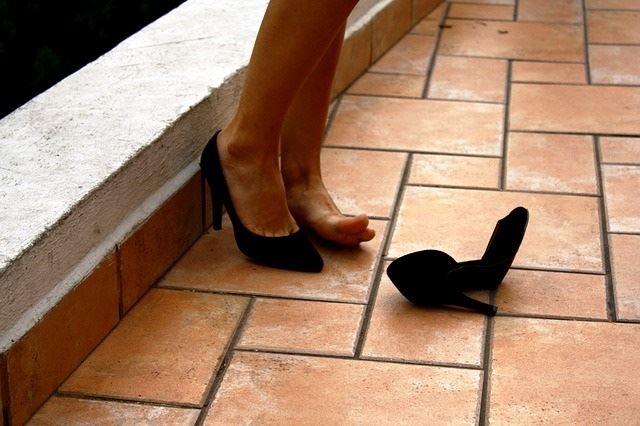|
Morton's Neuroma
According to a study reported in the peer reviewed journal Clinical Drug Investigation, 8-10 women are more likely to develop Morton’s Neuroma. Middle aged females are more likely to develop this nerve condition. What to do? Treatment for Morton's Neuroma will depend on how long you've had the condition and its severity. Simple non-surgical treatments are effective for some people. Others may need surgery. This will be best assessed by a Podiatrist. Click Here to find a Podiatrist! Non-surgical treatments
Surgical and other procedures Your Podiatrist may also suggest:
| Have you ever felt like you are standing on a pebble in your shoe, but there is nothing in it? Morton’s Neuroma is a thickening of the tissue around one of the nerves leading to the toes. It is a painful condition that affects the ball of the foot, usually in the area between the third and the fourth toes. It is painful and you may feel like a pebble is burning in that part of your foot. Symptoms include
Causes Anatomical The anatomical construction of females’ feet is different from the males’. Feet in males are much stronger and longer and female feet are higher and narrower, which give more pressure to the toes. Biomechanical problems like high arches and flat feet. Overpronation will also cause the metatarsals to rotate excessively, pinching the nerves. Physiological & Lifestyle
|
